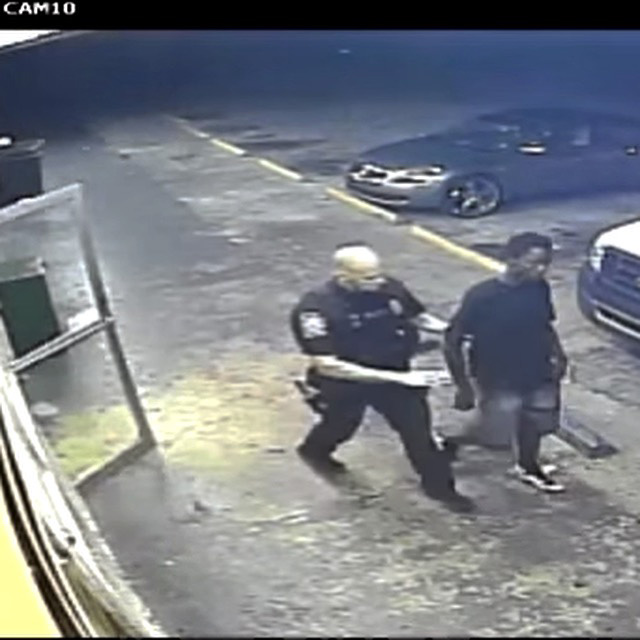For several posts I'm featuring case studies that illustrate an article from the Universal Declaration of Human Rights that children and adults find interesting and illuminating.
The goal is to identify examples that I can use with my 4th grade class.
Most kids hear this right and immediately think of physical pain. I think this right can be a gateway into bullying in general, and specifically cyber bullying.
Anyone who has read my blog on a regular basis...
I'm looking at you, me
...knows that I'm really interested in teaching digital literacy in elementary school.
There's this post, for instance. Or this one.
Case Study 1: Invisibilia: How To Grow A Bully
The second half of Invisibila's episode "Our Machines, Ourselves" details the story of Pete, a commuter on the N train in New York. Here's a quick summary:
- Pete was fed up with rude behavior he saw on his daily commute. He decided to start a twitter account to capture the rudeness and to vent his frustrations.
For example spreading your legs so that the person to your right is smashed against a pole.
- Pete didn't find rude behavior all the time, but he wanted to keep his twitter account active, so he also snapped and posted photos of people who looked strange, or was caught doing something embarrasing, or didn't fit his definition of normal.
- What started out as a way to expose bad behavior became an outlet for bad behavior. In short, Pete became the cyberbully of the N Train.
- Pete didn't stop when his anonymity was exposed and fellow N Train commuters encouraged each other to snap photos of Pete on the N Train and post them online. Instead that kind of energized him even more.
- What made Pete eventually stop posting was a moment of self awareness. He realized that his online activity was making him angrier, not calmer, as he was constantly looking for things to be outraged by.
There are a lot of teachable moments in that story. But another strong aspect about this episode is that Invisibilia talked to Dr. Ryan Martin, the chair of the psychology program at UW-Green Bay and Arthur Santana from the University of Houston. They identified specific ways interacting online is different than interacting offline:
2) Online it is easier to go through the process of deindividuation, which apparently is a word. It means losing one's self-awareness in a group setting.
3) Online there are time delays. So you can drop something into the world and not stick around to see how it lands.
4) Online interactions are taking place through a screen. They can all feel like a game.
And often times they are a game
5) There's anonymity, which Santana found makes you nearly twice as likely to be cruel.
6) We are more likely to retweet or share things that are angering than anything else. This comes from a study that classified the emotions of more than 70 million tweets. What they found is that anger spread faster online than joy or sadness or disgust.
The problem, says Doctor Martin, is that over time, using that online vent to cure your anger actually makes us more likely to become aggressive later on.
The WSJ makes a parallel to Catholic confession
All of these factors lead to something called the online disinhibition effect. Which, according to Wikipedia means a loosening (or complete abandonment) of social restrictions and inhibitions that would otherwise be present in normal face-to-face interaction during interactions with others on the Internet.


















